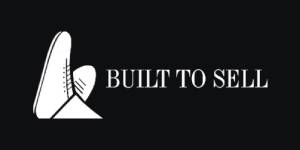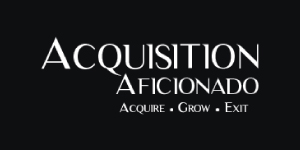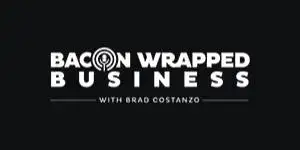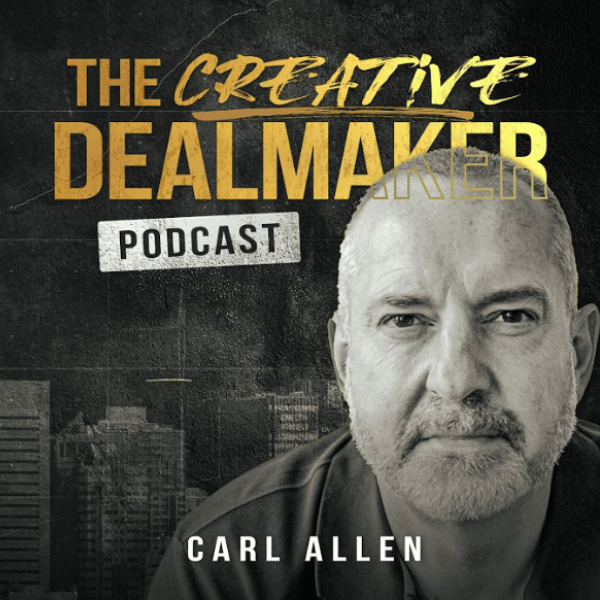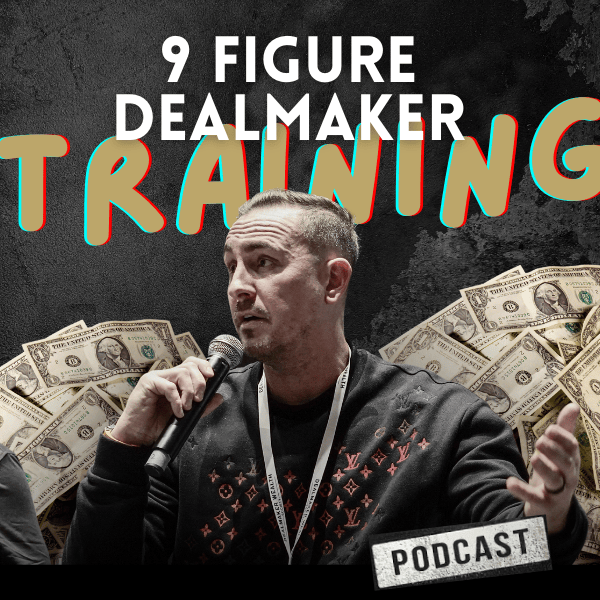
But this question has come up a ton over the past few weeks.
So much so that we recently did a special training on it for our Dealmaker Academy members.
When a buyer purchases a business’s assets, it is on the basis that the SELLER will pay off all debt obligations and extract all excess cash prior to completion of the transaction.
This is referred to as a cash free, debt free (CFDF) deal, a term invented by business brokers.
Why? Because brokers are in the business of selling businesses to other businesses.
Brokers assume when they list a business that a trade buyer (a competitor) will swoop in just to buy the assets (not the equity shares…) in which case the seller will use the excess cash in the business to retire any debt, including tax notes, bank loans, equipment leases, even payables.
Sellers sometimes also want to keep receivables to help retire the debt. But buying a business with no accounts receivable (AR) is like buying a Starbucks with no coffee in the cup…
What’s the point?
AR is a key component of working capital. The blood in the veins of the business. You need it.
If there isn’t enough excess cash (also called surplus cash) in the business, the seller will use some of the closing payment to retire the debt.
That usually works for a trade buyer since it already has the infrastructure to absorb the acquisition. A trade buyer primarily wants the customers, products and services, some of the employees and the goodwill/reputation of the business.
They are happy to leave the rest behind.
However, as an individual executing a leveraged buyout (LBO), we ideally want to buy the business as a going concern. We want the business — ideally the assets AND the shares — together WITH the surplus cash. In return, we will assume the debt.
The shares are important because we’ll inherit the business’s credit history. This will make it much easier to raise financing in an equity-based deal. Plus, there are tax advantages for the seller, especially in most U.K. deals and with C-corps in the U.S.
This is the exact opposite of CFDF.
Interestingly, the seller typically gets the same amount of cash regardless of how the deal is done. However, that cash will be paid in a different time frame depending on the deal structure, which may not be acceptable to the seller.
Let me explain…
Assume we are buying a business with these financials:
Revenue = $2,000,000
Profit margin = 15%
Profit = $300,000
Multiple = 3X
Enterprise Value (EV) = $900,000
Next, you would make the following adjustments:
Surplus cash = $300,000
Existing debt = ($500,000)
Real estate = $0
Therefore, the value of the SHARES is:
100% Equity Value (EQV) = EV + Surplus Cash + Real Estate – Debt =
EQV = $900,000 + $300,000 + $0 – $500,000 = $700,000
So, it’s going to cost us $700K to buy the business as a going concern.
Assume there’s $500K of financing available, including the $300K surplus cash: $450K for a closing payment and $50K for closing costs.
The deal structure is therefore…
Closing payment = $450,000
Seller financing = $250,000
Debt inherited = $500,000
Total Deal Value = $1,200,000
The seller will net $700K in cash: $450K at closing and $250K in seller financing, or deferred payments.
Now let’s look at the deal from a CFDF structure…
The valuation is now purely the $900K EV from above since we aren’t making adjustments. The seller will keep the excess cash and also the debt.
But since we lost the surplus cash, we now only have $200K in financing available instead of $500K.
After the $50K of closing costs, we can make a $150K closing payment. The sellers will therefore need to agree to deferred payments totaling $750K compared to $250K.
The deal structure is therefore:
Closing Payment = $150,000
Seller Financing = $750,000
Debt Inherited = $0
Total Deal Value = $900,000
HOWEVER (and here’s the real kicker), the cash the seller will receive at closing will be NEGATIVE. Look:
Closing Payment = $150,000
Surplus Cash = $300,000 (seller keeps it)
Less Debt = -$500,000 (seller HAS to retire the debt from the closing funds)
Net Cash to Seller at Closing = ($50,000)
In this case — I kid you not — the seller has to PAY to sell their business and wait for the rest of the money to come over time via seller financing. And since that financing will only total $750K, the seller will net the same here as in the equity-based structure: ($50K) + $750K = $700K.
It’s a MUCH better deal for the owner to sell the business as a going concern versus CFDF.
When communicating with sellers and brokers, you need to assert that:
-
Share (equity) based deals are typically more tax efficient for a seller (and much better for you when raising financing).
-
The seller will net MORE in cash at closing versus a CFDF structure.
-
You are not a trade buyer (unless you are), so you need to acquire the business “as is” with everything inherited (surplus cash, debt, etc.)
-
As we are taking the shares and the legal entity, the seller won’t have to clean up anything left behind. This will save the seller time and money.
I hope you found this simple example useful.
Until next time, bye for now.
Carl Allen
CEO @ Dealmaker Wealth Society
